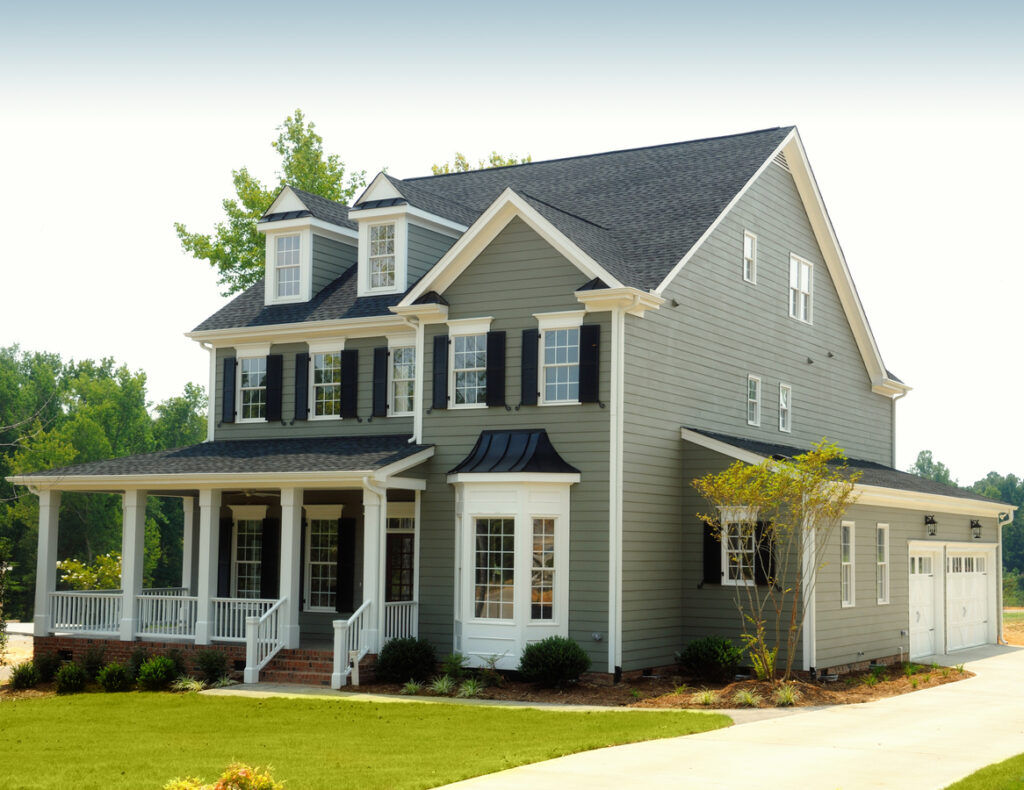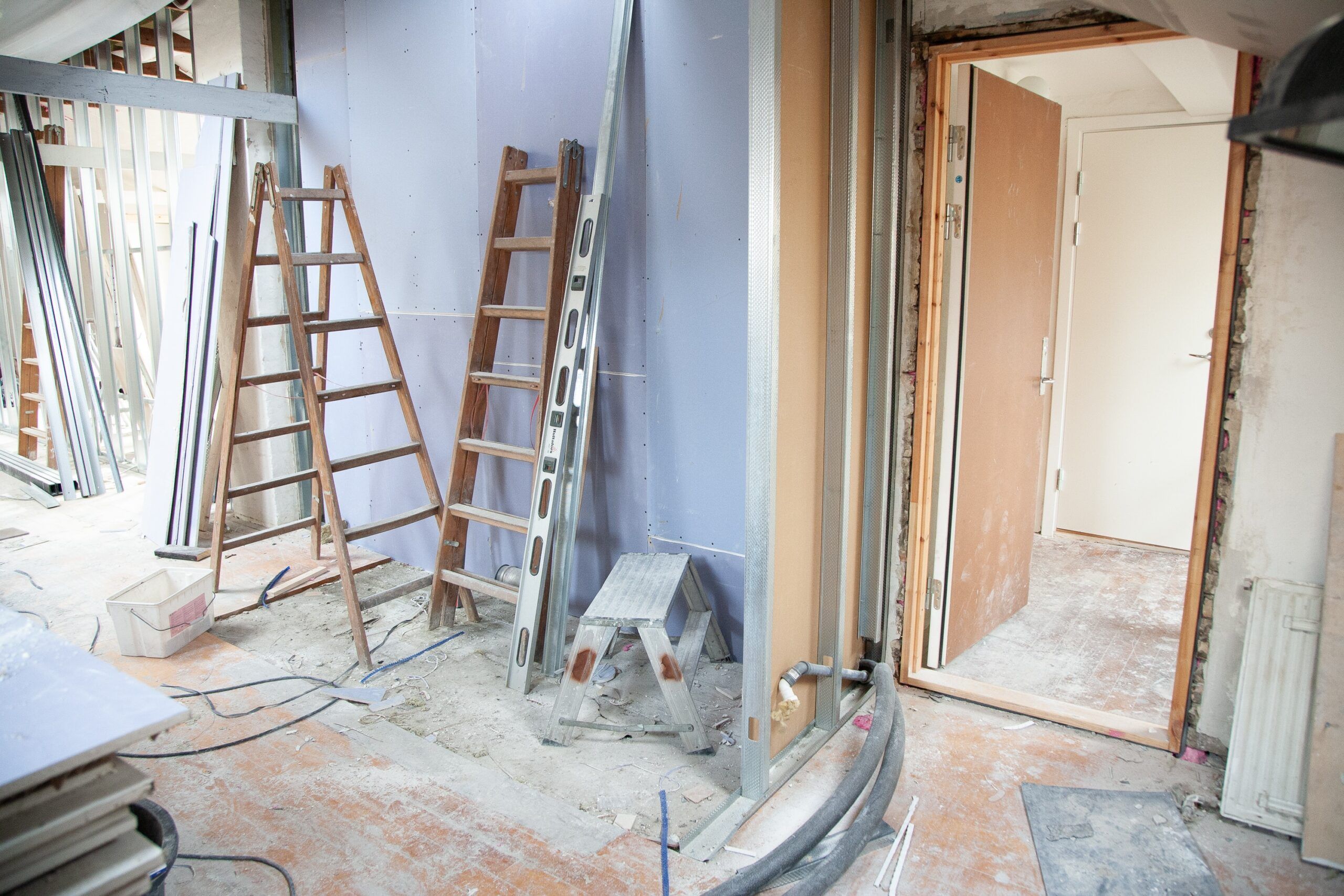The Rise of Multi-Generational Homes
>>Find a Multi-Generational Home Expert<<

Walk into a home in almost any part of the country today, and there’s a good chance you’ll find more than one generation living together. Grandparents, parents, and children are increasingly sharing the same roof. What once might have felt unusual in many American neighborhoods has now become one of the fastest-growing housing trends: the rise of the multi-generational home.
This way of living isn’t new. For generations, families lived together, supported each other, and built community under one roof. In many cultures, it’s still the norm. What’s changed is that more American families are now coming back to this lifestyle, partly out of practicality, but also because of the personal connections it creates.
Why Families Are Living Together
Affordability
Buying or renting a home has become more expensive in many parts of the USA, especially in areas of California such as Irvine, where I help home buyers and sellers. By combining incomes and sharing expenses, families are able to live in larger, better-located homes than they could afford on their own.
I often meet young parents who move in with mom and dad, thinking it’s temporary. But with today’s costs, it often turns into a much longer stay because buying a place of their own is out of reach.
Care and Support
Furthermore, in multi-generational households, grandparents often help with the kids. And the younger generation is there to support mom or dad as they get older.
It’s not only about saving money, it’s about peace of mind, and the comfort of knowing family is right there when you need them.
Flexibility for Life’s Changes
Sometimes a multi-generational home offers a bridge between life stages.
Whether it’s a college grad moving back home, a new baby, or a parent who needs more care, shared living acts as a transition and place of help. Life keeps changing, and having a home that can adjust makes those changes a lot easier.

What Multi-Generational Homes Look Like
You don’t need a mansion to make multi-generational living work. A few smart design choices can go a long way. It usually comes down to making the best use of the space you already have, or adding small, inexpensive changes that make the home fit your family’s needs better.
Some of the Features in Multi-Generational Homes:
- A private living area with its own entrance, bathroom, and sometimes even a kitchenette.
- Two primary bedrooms on different levels, so everyone has privacy.
- Bonus rooms or flexible spaces that can easily change as the family’s needs change.
- Extra parking or storage to keep up with more drivers and more belongings.
Many homeowners are rethinking how they use the space they already have. I often see families turn a dining room that rarely gets used, into a bedroom, or transform a formal living room into a playroom. Sometimes it’s as simple as adding a wall and a door.
These are small and inexpensive changes that make a home work so much better for everyday life. I’ve even seen garages that still look like garages on the outside, but inside they’re family rooms, playrooms, or sometimes both.
Accessory Dwelling Units
Homeowners are increasingly building ADUs, (Accessory Dwelling Units) to provide housing for family. Oftentimes, these are called in-law suites, backyard cottages, casitas, or guest houses. They’re becoming more common these days because they give family members their own space while still staying close by.
In California, the new ADU laws have really opened the door for homeowners who want extra living space. I’m seeing more families add a detached unit in the backyard of single-family homes, (not townhomes). With faster approvals and lower fees, it’s no surprise these ADUs are showing up all over the state.
The Benefits of Multi-Generational Homes
When I talk with families living under one roof, they often share that the positives go well past the financial savings:
- There’s always an extra set of hands for kids, pets, or day-to-day chores
- Relationships feel stronger because of the time spent together
- Peace of mind comes from knowing loved ones are nearby and cared for
- The home can adjust as life changes, from raising kids to supporting parents
What to Talk About Before Moving In Together
When more people share a home, there are bound to be a few challenges. Families that do best are the ones who talk things through ahead of time. Some people quietly bottle up their irritation at others’ actions (or lack of actions), while others blurt it out, making things strained and uncomfortable. Consider discussing these topics prior to living together:
Privacy:
Everyone needs their own space, even if it’s just a bedroom to retreat to.
Household roles:
Deciding who does the cooking, cleaning, and bill paying avoids headaches later.
Noise and schedules:
Two to three generations often run on very different clocks, and that can cause friction. Talking about routines and respecting each other’s space helps keep the peace.
Rules in the neighborhood:
Some HOAs or city guidelines limit ADUs or room conversions, so it’s worth checking before you remodel.

Multi-Generational Homes Are Here to Stay
Multi-generational homes aren’t just a short-term trend. All over the country, families are looking for homes that work for multiple generations. Builders are designing new floor plans with that in mind, and many homeowners are remodeling what they already have to create more flexible spaces for extended family.
For buyers, it often comes down to finding a home that can grow with them, whether that means multiple suites, a flexible or changeable layout, or even space for an ADU.
For sellers, it’s about showing off what the home already offers, like extra bedrooms, a converted space, or that all-important “downstairs bedroom with bath” families ask me about all the time.
Final Thoughts
Multi-generational homes are about more than square footage. At the heart of it, they’re about families supporting one another, sharing daily life, and creating memories that last.
If you’re planning to buy or sell, it’s smart to think about how multi-generational living might play a role. Homes with flexible space for extended family aren’t just practical; they’re what more and more buyers are actively looking for today.





